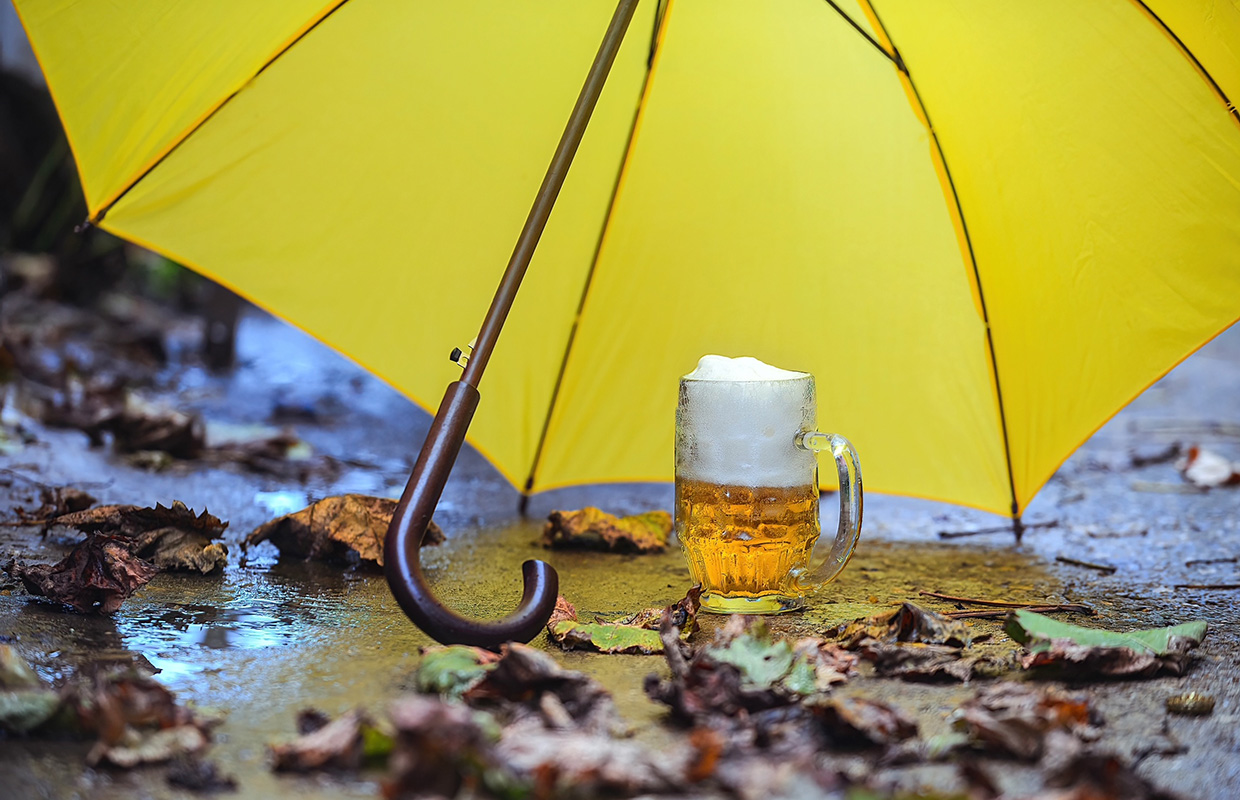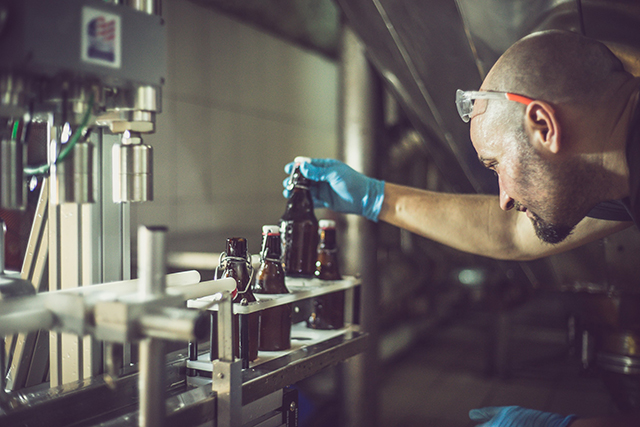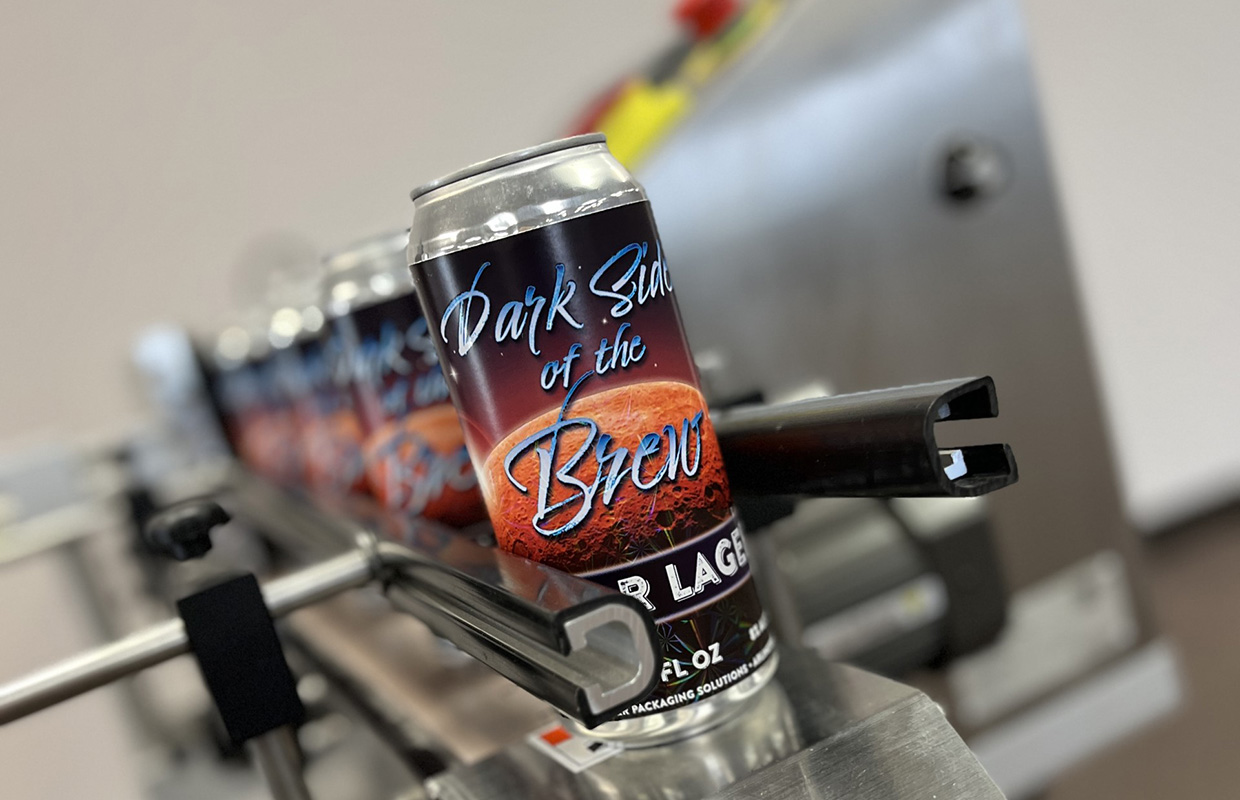
It’s been a record-breaking few years of extreme weather events, and that trend doesn’t seem to be slowing down anytime soon. In fact, in 2023, the United States set a new record for the number of disasters that cost $1 billion, with 23 climate catastrophes and weather events taking place before the year was even over, the National Oceanic and Atmospheric Administration announced in August.
In 2022, the U.S. experienced 119 natural disasters, ranging from severe thunderstorms and tornadoes to hurricanes to floods to wildfires.
As climate change continues to accelerate, the frequency and severity of extreme weather events such as these, and others like hail, earthquakes, extreme cold, and windstorms, will undoubtedly increase.
These disasters can have a devastating impact on a craft brewery business, particularly as inflation and supply chain challenges push up the cost of repairs. Now’s the time for craft breweries to understand the risk of extreme weather and how they can mitigate that risk with a robust craft brewery insurance and risk management program.
How Extreme Weather Can Affect Your Brewery Business
Serious and costly natural disasters can occur at almost any time of year in any part of the country.
No matter where a craft brewery business is located, it is vulnerable to a number of potential loss scenarios from weather events, such as:
- Loss of use of craft brewery facility/business interruption: This may occur if business owners cannot get to their business because of road closures, flooding, or power outages, resulting in lost revenue if the business must remain closed for an extended period of time.
- Frozen pipes: During extreme cold, pipes may freeze, causing the liquid inside to expand and potentially burst, which could damage the contents of the building. Sprinklered buildings can be more susceptible to pipe freezes.
- Property damage: Many craft brewers operate out of older buildings that are not as resilient as newer structures, making them more likely to incur damage from wind, hail, or water.
- Equipment breakdown: Extreme weather could cause expensive equipment located either inside the facility or on the brewery premises to break down, requiring costly repairs or replacement.
- Damage to other brewery materials: Metal structures that are not insulated, such as those that hold a brewery’s products, could be affected by extreme temperatures and damage the products’ quality.
- Event cancellation: Breweries that host events at their premises could incur costs if they have to cancel because of extreme weather conditions.
Philadelphia Insurance Companies’ (PHLY’s) craft brewery team has handled many weather-related claims that could have been devastating to the business if they hadn’t had proper craft brewery insurance coverage. Some of these examples include:
- A $1.2 million claim when a brewery’s roof caved in due to the weight of ice and snow.
- A $100,000 claim for wind damage to a brewery’s roof.
- A $100,000 claim when a storm took out a transformer, causing a power surge and damaging brewery equipment.
- A $184,000 claim for water damage when a frozen pipe broke.
- A $90,000 claim when someone slipped and fell on ice at a brewery.
- A $135,000 claim for someone falling on a brewery’s wet steps.
Brewery Risk Management
In addition to having a solid craft brewery insurance program and partner, there are several steps craft breweries can take to prepare for seasonal changes and extreme weather events:
1.) Ensure all pipes are insulated and monitor building temperatures: Insulating pipes can prevent freezing, which reduces the risk of lines bursting or cracking. Building temperatures should also be monitored and maintained at 45 degrees or higher. Installing water leak sensing devices can help detect any issues before they arise as well.
2.) Have defensible space around the property: In wildfire-prone or remote areas, defensible space should be maintained around all structures to reduce the risk of fire spreading to your property.
3.) Have an emergency response plan: An emergency plan for at least the first 24-48 hours following an extreme weather event and a business continuity plan from 48 hours until full operations can be restored are essential to protect your business and employees.
4.) Perform building inspections at least twice a year: Inspect and reinforce your building envelope to ensure the roof, walls, doors, and windows are in high-functioning condition and replace/repair where necessary.
5.) Have backup resources ready to implement: This should include utility services, hot sites for data recovery, suppliers, and mutual assistance agreements with a fellow brewery.
The PHLY Difference
As your business heads into the winter months, it’s a good time to review your current brewery insurance program with an experienced agent to ensure you have the coverage you need to protect your craft brewery.
Ask your agent today about PHLY’s Craft Brewery Insurance Program, which offers specific coverages for brewery risks, including:
- Separate liquor liability, not a sub-limit
- Umbrella capacity, including liquor
- Product recall coverage
- Risk management resources such as an in-house full boiler inspection process
- Experienced claims team
Learn more about PHLY’s Craft Brewery Insurance Program by downloading our eBook: https://go.phly.com/craft-brewing-insurance-ebook
Sources:
https://www.phly.com/Files/WinterWeatherPropertyProtection201636-10031.pdf






Be the first to comment